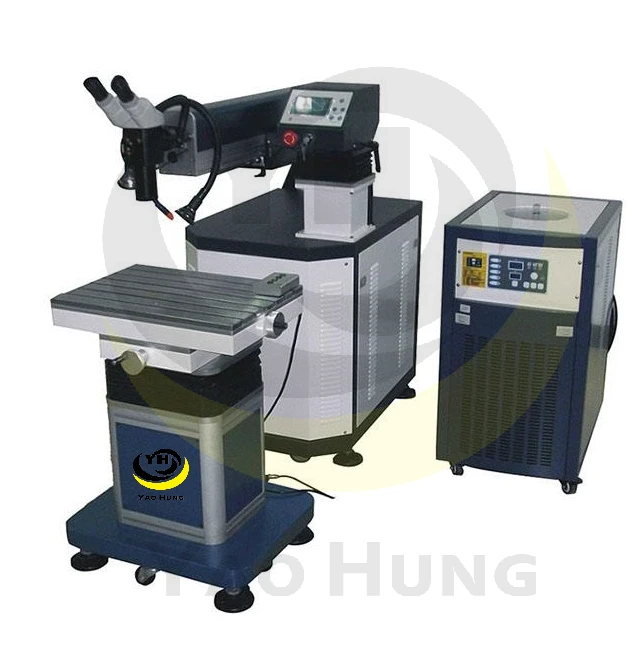Mold Repair Welding Machine (Gantry Type/Standard Type)
YH-03_LWBM_YG / YH-06_LWBM_YG
- Various metals and alloy materials.
- Mobile phone communications, jewelry crafts, electronic components, sensors and meters, precision machinery, hardware, automotive parts, etc.
FAQ & Answers
Ideal for local repairs on injection molds, die-casting molds, and stamping molds. Especially effective for corner chipping, surface scratches, insert wear, and vent slot breakage.
Laser mold welding offers high energy density, non-contact heating, and a minimal heat-affected zone, allowing precise energy control and preventing secondary thermal stress that could cause deformation or crack expansion.
Traditional arc welding introduces high heat, often leading to distortion, collapse, or hardness deterioration in mold edges, fine contours, or hardness transition zones.
Laser welding uses precise pulsed control to create thin and stable repair layers, without requiring large-area preheating or coverage. This reduces thermal fatigue and secondary machining.
It is particularly effective for engraved textures, etched surfaces, and slot intersections, ensuring high-fidelity mold repair.
■ Further reading: What is Laser Welding?
No. With proper filler wire, plus post-polishing and heat treatment, repaired molds can retain original strength and hardness, making them suitable for long-term and high-frequency production cycles.
Many factories use this method to avoid full mold remanufacturing, saving 3–5 times the cost of mold development. It is one of the most effective ways to extend mold service life.
Optimize Your Workflow with Customized Laser Systems
From concept to configuration — We build it your way.
Explore Custom Solutions